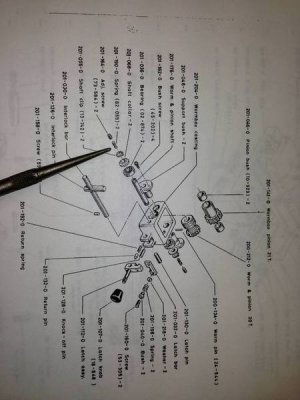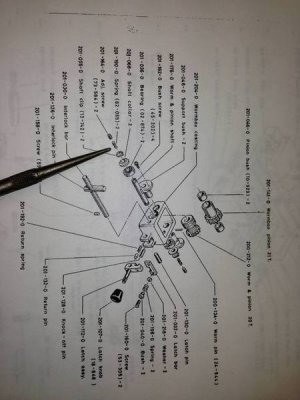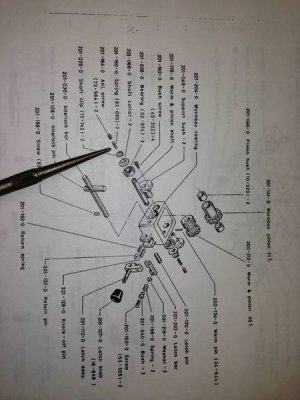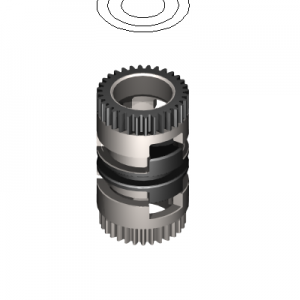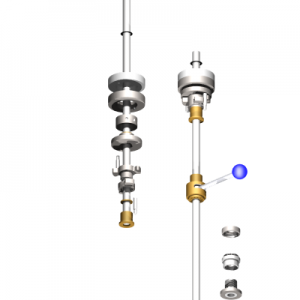- Joined
- Feb 17, 2013
- Messages
- 314
Hi Cheese King and Thanks,
My Collchester seems to have an automatic kickout on the feed too. Last night I was turning some extremely tough SS lapping plates and the feed kicked out. It turned out that the tool had gone dull and the feed pressure became excessive. The feed engagement handle has a picture of a large and small thread on it, and can be rotated toward either. (picture below) I have a pretty good imagination but never thought to run the carriage into a hard stop to test it. I ever knew what it did, nor did the fellow who sold it to me
Thanks again,
Michael
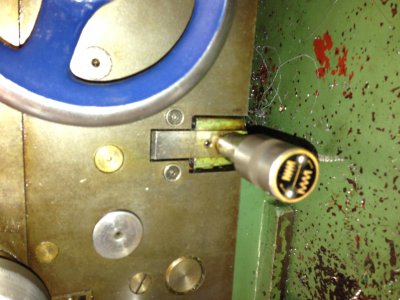

My Collchester seems to have an automatic kickout on the feed too. Last night I was turning some extremely tough SS lapping plates and the feed kicked out. It turned out that the tool had gone dull and the feed pressure became excessive. The feed engagement handle has a picture of a large and small thread on it, and can be rotated toward either. (picture below) I have a pretty good imagination but never thought to run the carriage into a hard stop to test it. I ever knew what it did, nor did the fellow who sold it to me
Thanks again,
Michael




